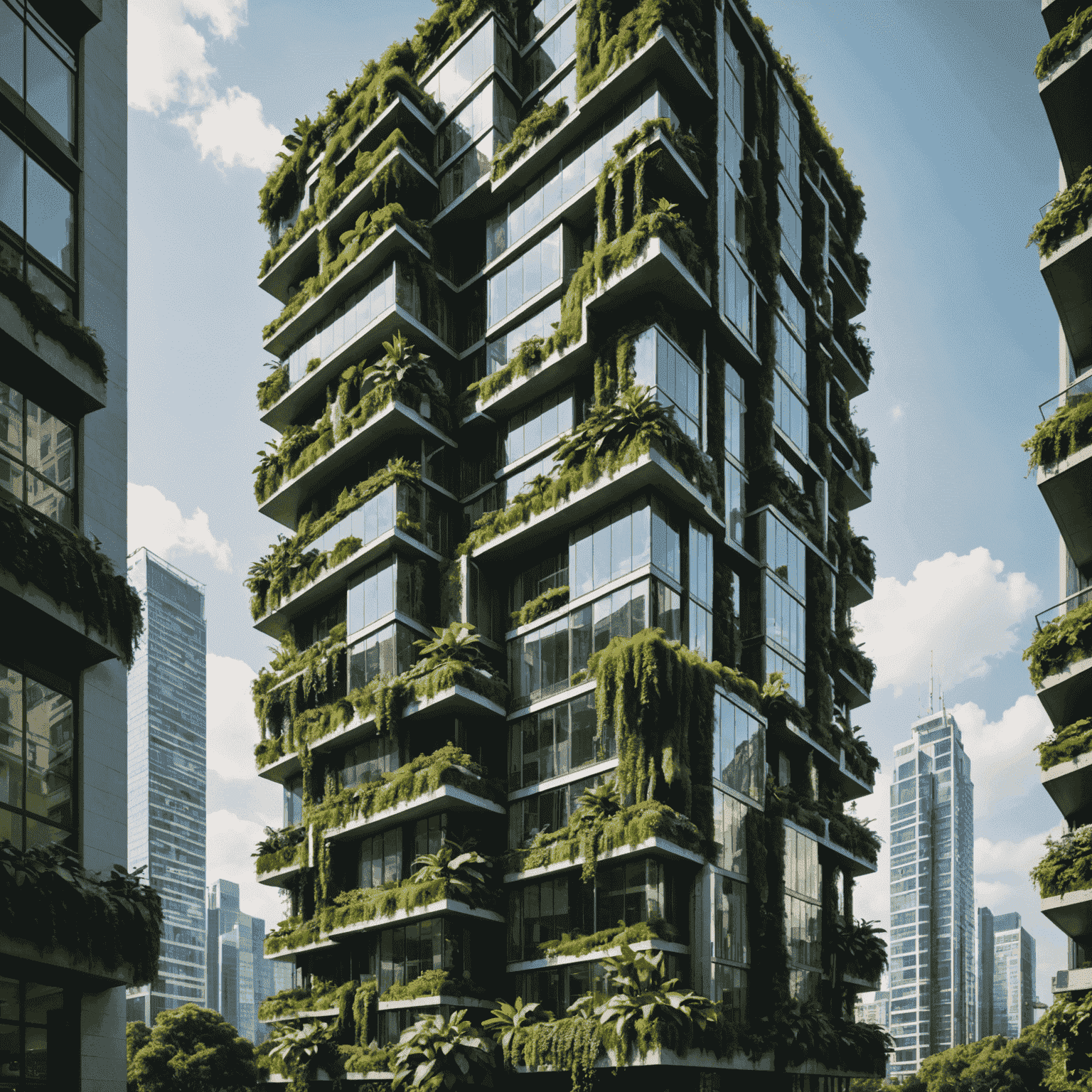The Rise of Vertical Gardens in Cities

As urban populations continue to grow and green spaces become increasingly scarce, innovative solutions are emerging to bring nature back into our concrete jungles. One such solution gaining traction in smart cities worldwide is the concept of vertical gardens.
What are Vertical Gardens?
Vertical gardens, also known as living walls or green walls, are installations of plants grown vertically using hydroponics or other soil-less growing systems. These gardens can be integrated into the exterior or interior walls of buildings, transforming bland surfaces into vibrant, living ecosystems.
Benefits for Urban Environments
- Improved Air Quality: Plants naturally filter air pollutants, helping to combat urban smog and improve overall air quality.
- Increased Biodiversity: Vertical gardens provide habitats for birds, insects, and other small creatures, fostering urban biodiversity.
- Temperature Regulation: The vegetation acts as natural insulation, helping to cool buildings in summer and retain heat in winter.
- Noise Reduction: Plant walls can absorb and deflect sound, reducing noise pollution in busy city areas.
- Aesthetic Appeal: They transform dull urban landscapes into visually stunning green spaces, enhancing the city's overall appearance.
Smart Technology Integration
As part of the smart city revolution, vertical gardens are being integrated with IoT (Internet of Things) technology. Sensors monitor soil moisture, nutrient levels, and plant health, while automated systems adjust watering and feeding schedules. This smart approach ensures optimal growth conditions while minimizing water and resource usage.

Case Studies: Cities Leading the Way
Several cities around the world are embracing vertical gardens as part of their sustainable urban development strategies:
- Singapore: The "Garden City" has incorporated vertical greenery into its urban planning, with notable examples like the Parkroyal on Pickering hotel.
- Paris: The Musée du Quai Branly features a stunning 8,600 square feet living wall designed by botanist Patrick Blanc.
- Milan: The Bosco Verticale (Vertical Forest) residential towers host over 900 trees and 20,000 plants, creating a vertical ecosystem.
Challenges and Future Prospects
While vertical gardens offer numerous benefits, they also present challenges such as high initial installation costs, maintenance requirements, and the need for buildings to support additional weight. However, as technology advances and more cities adopt green building practices, these obstacles are gradually being overcome.
The future of vertical gardens looks promising, with ongoing research into more efficient irrigation systems, lightweight growing mediums, and even the integration of vertical farming for urban food production. As we continue to innovate, vertical gardens will likely play an increasingly important role in creating sustainable, livable cities of the future.
Conclusion
Vertical gardens represent a perfect synergy of nature and technology in our evolving urban landscapes. By bringing greenery into the vertical plane, cities can maximize their limited space while reaping the environmental and aesthetic benefits of increased vegetation. As we move towards smarter, more sustainable urban environments, vertical gardens stand as a testament to human ingenuity in harmonizing city life with the natural world.